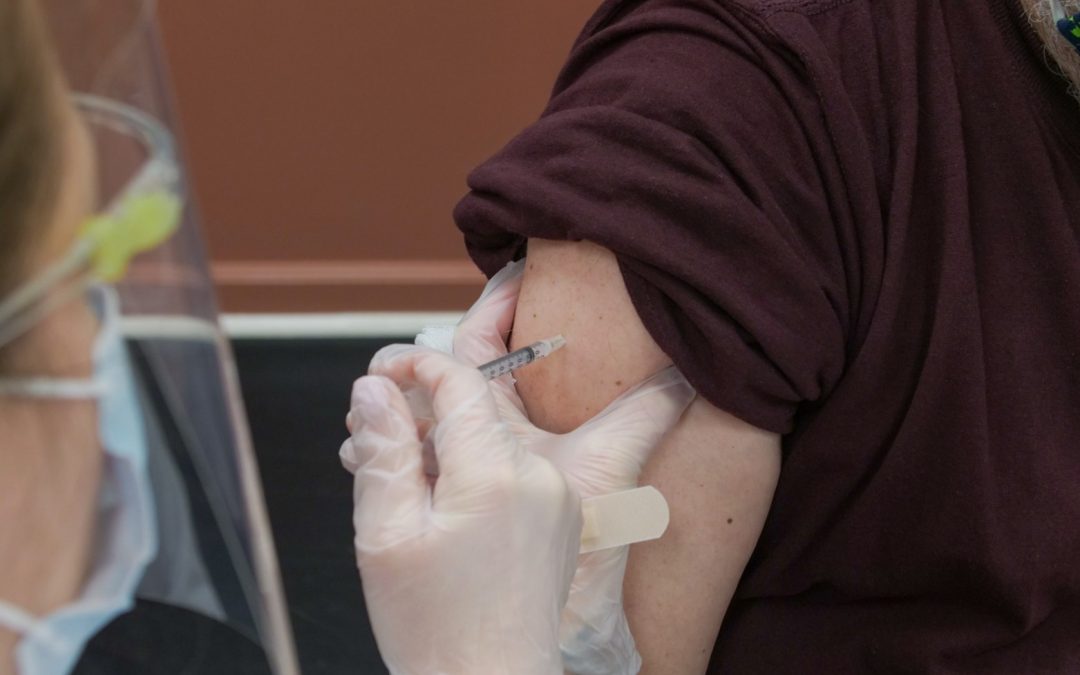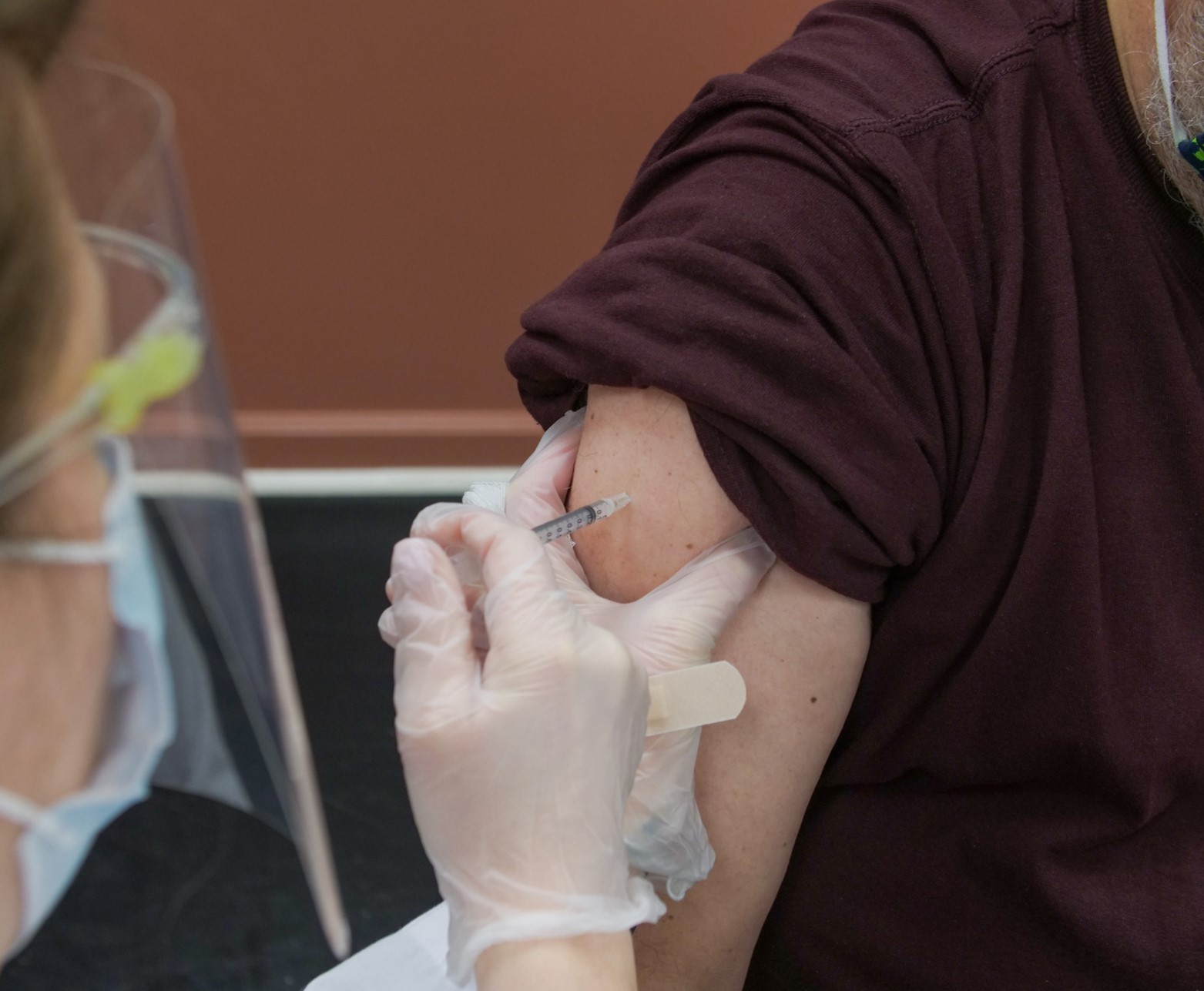
RSV here this winter with a vengeance
RSV here this winter with a vengeance
Before the COVID-19 pandemic in early 2020, most RSV seasons were pretty typical – A Flu/RSV season would start in the late Autumn with cases trickling in from mid- to late April, and then a peak in late July to mid-August. By the time spring rolled around in most temperate climates, you would see much less circulation of RSV.
This year in Europe and USA, we saw RSV come back with a vengeance and really start to tick up a lot earlier in their Autumn, peak later and last longer. A lot of people, especially children, presented in a very short time period and with much higher hospitalization rates in the northern winter than in the past.
It’s interesting because the COVID 19 pandemic and lockdowns disrupted the circulation of RSV and other common respiratory viruses and this none more so than during the extended lockdowns in NZ. So as we come into winter 2023, we expect a similar abnormal pattern as the Northern hemisphere and increased cases of RSV and other respiratory virus, as well as the Omicron variant Covid virus.
In short: by the time we get to this NZ winter 2023 it is anticipated we will see co-circulation of SARS-CoV-2 and flu during NZ winter time and at significantly higher than it has been in previous typical seasons.
What diagnostics do we have for RSV/ Flu/ Covid 19?
Before the pandemic, we often didn’t have to use a diagnostic test if it was the middle of Autumn /winter and an adult or child came in with wheezing and symptoms that were consistent with bronchiolitis. You could make that diagnosis on history and physical aspects alone. You knew it was RSV season, it was probably RSV causing that episode of bronchiolitis especially if a child in their first year of life. Then came Covid 19 and we added the COVID 19 RAT or PCR to our diagnostics. Now, because of the atypical season and circulation, reduced antibodies and immunity that we’ve been seeing, an accessible rapid diagnostic tool with flu/RSV and SARS-CoV-2 is a significant advantage to have. Is it wise or safe to have someone with cold/flu symptoms at work undiagnosed? How many people continue to work when their Covid-19 RAT is negative? With the Nasal pentest 4 in 1, we/you get to see four different very significant respiratory viruses with a single swab panel.
Vaccinate, diagnose and isolate are the three key elements to safety from respiratory virus in the workplace. Click the button below to find out how InScience can help you.


